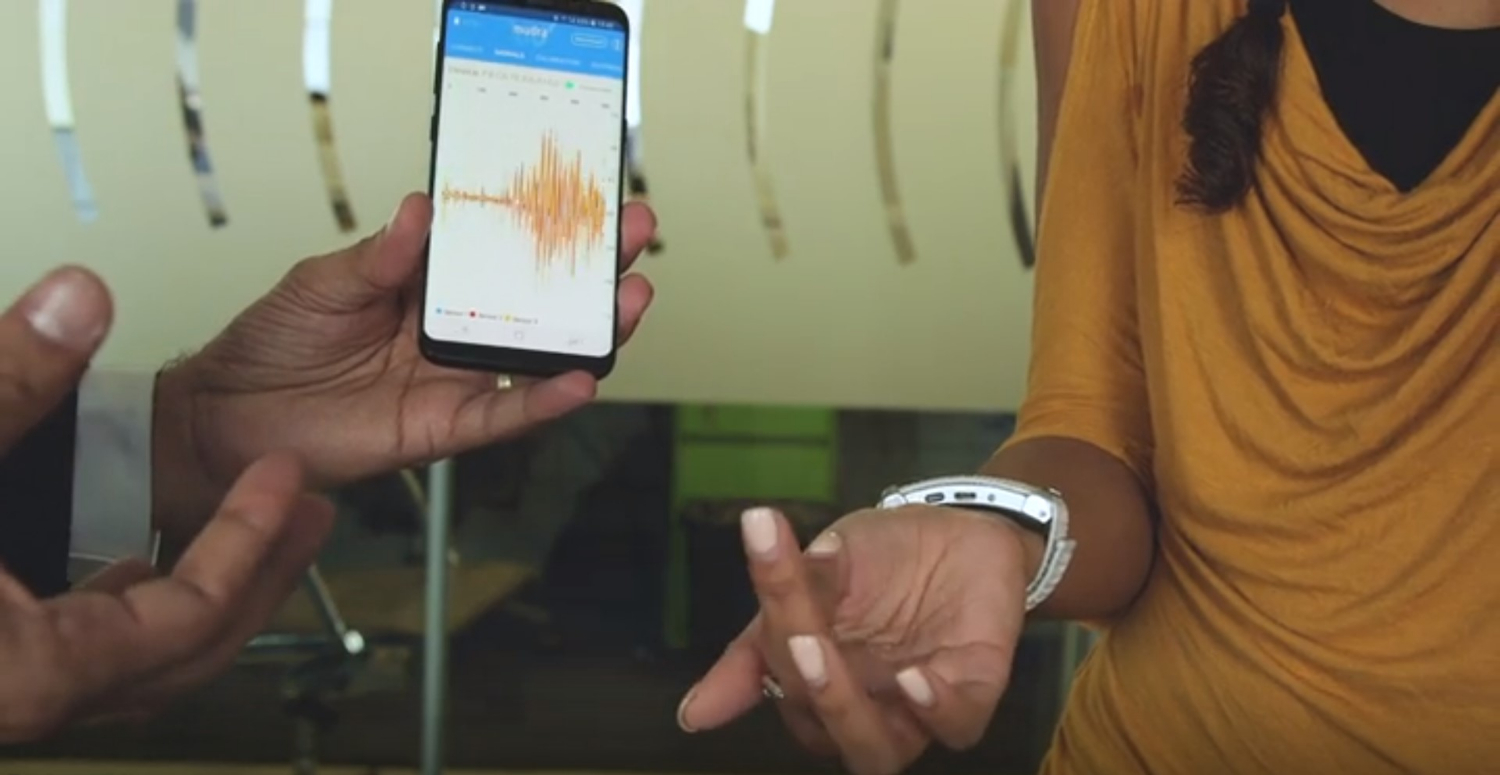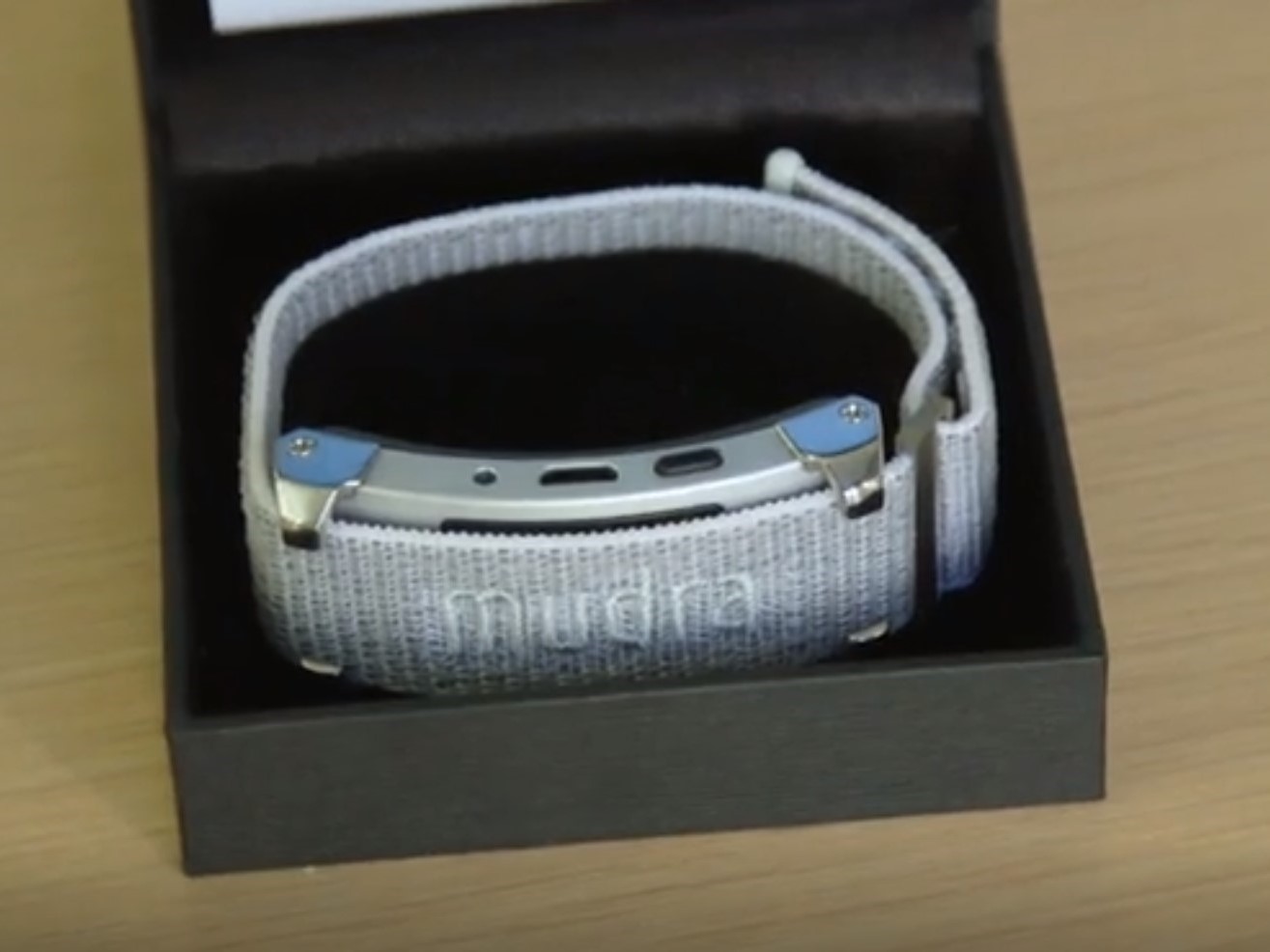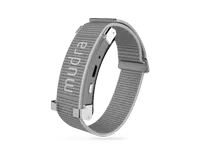Mudra Inspire Wristband Turns Nerve Impulses Into VR and AR Action
Virtual and augmented reality are all about immersive digital experiences. But when it comes to converting real-life hand movements into virtual actions, most controllers are clunky enough to break the illusion. That’s why Israel-based Wearable Devices is looking to eliminate the need for controllers altogether with its Mudra Inspire, a new wristband that converts hand gestures and finger pressure into actions in VR and AR worlds. I tried it out for myself—its accuracy and responsiveness explain why the company thinks it can eliminate use of VR controllers.
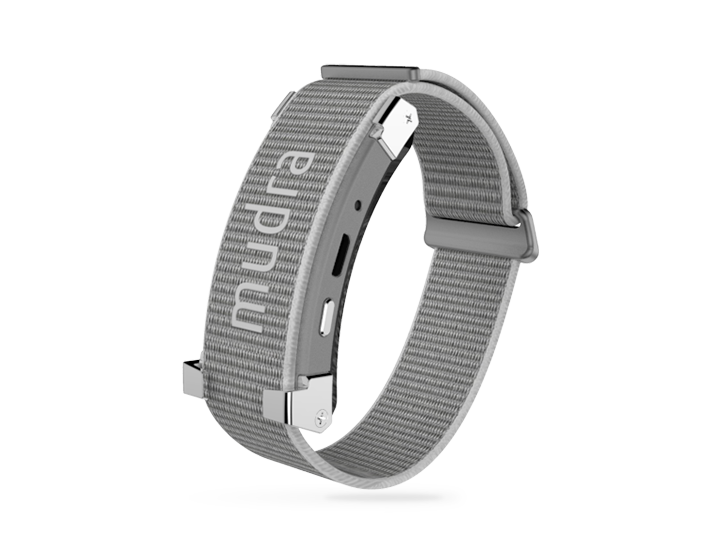
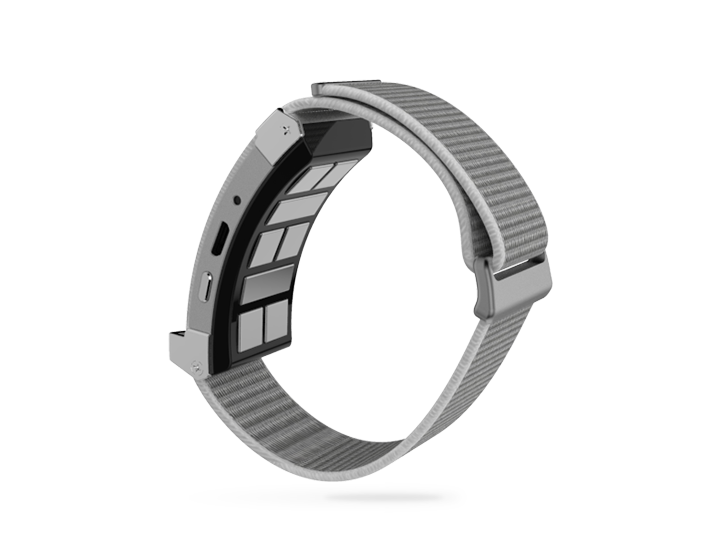
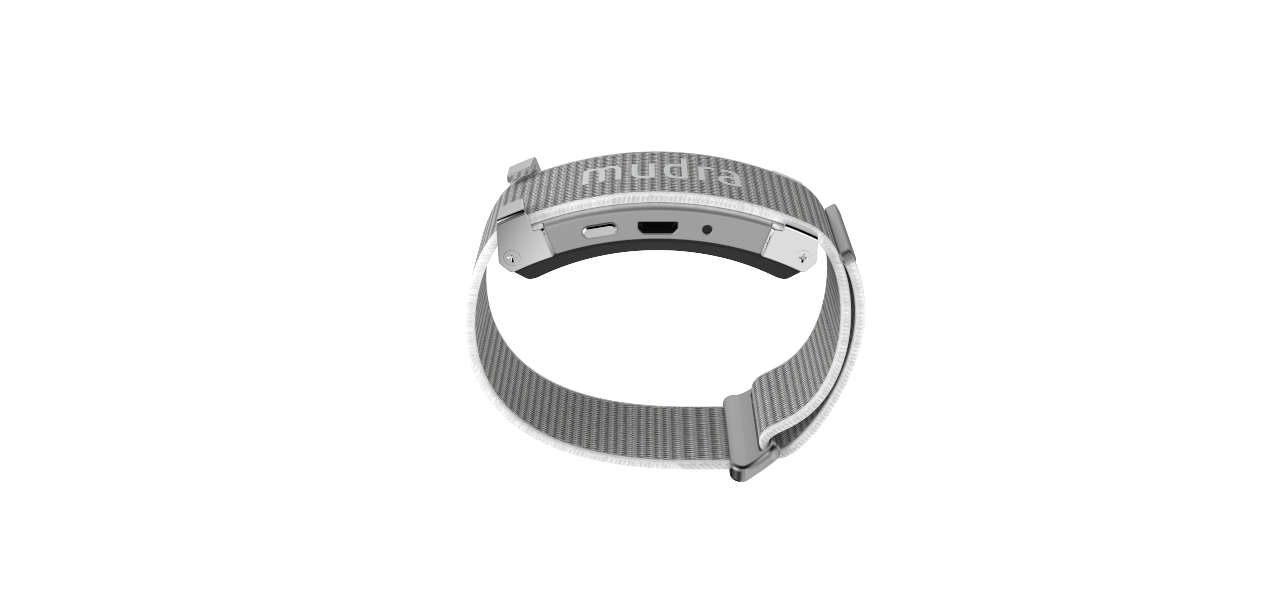
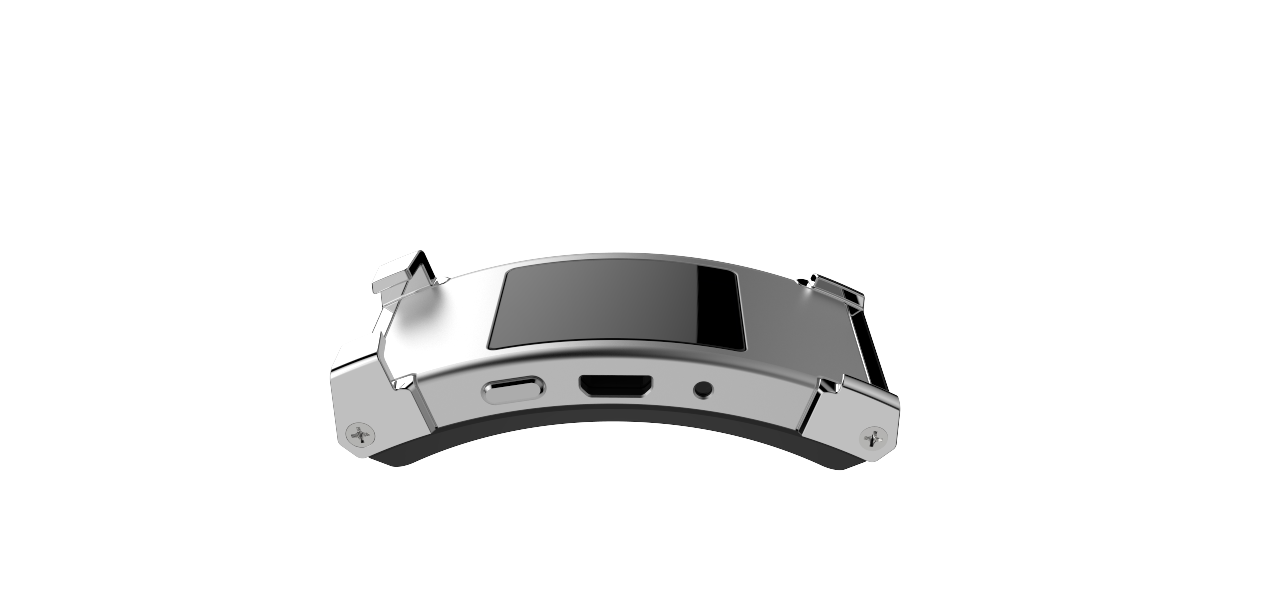

Mudra Inspire Specifications
| Sensors | 3x SNC |
| IMU (Inertial Measurement Unit) and Gyroscope | 6 DOF |
| Connectivity | Bluetooth 5.0 |
| Battery | Li-ion 3.7V, 80mAH |
| Power | Charges via micro-usb cable (included) |
| LED | Single indicator, colors and flashes |
| Platform Requirements | Android 6.0 and above with BLE 4.0 and above |
| Dimensions (L x W x D) | 2.3 x 1.1 x 0.6 inches (59.5 x 27 x 16mm)Adjustable strap max length: 10.2 inches / 260mm |
| Weight | .05 pounds / 24.5g |
| Price | $246.50 |
Hands On
Are you skeptical that something strapped on your wrist can really read your hand gestures? I was too. But after seeing the Mudra Inspire in-action on my wrist and that of Wearable Devices CEO and Co-Founder Asher Dahan, I was impressed at how in-sync it was. All the apps I experienced were proof-of-concept (PoC), because there aren’t any consumer apps available yet, but they all mimicked actions used in real games and worked nearly flawlessly.
I didn't complete the full calibration process since this would take some minutes, but it seems pretty easy. On the Mudra app downloaded onto the pairing device (in this case an Android smartphone), you strap the band on tightly. You can then check the device’s responsiveness when you move your fingers. The calibration app displays a squiggly line, like a heart monitor, that spikes to different heights depending on your fingers’ actions.
The Mudra Inspire can also tell how much finger pressure you’re applying. Calibration occurs by squeezing your pointer or middle finger and thumb to fill a tube on the app with color. The harder you squeeze, the more the tube fills up. While I did do both the finger calibration mentioned above and this pressure calibration, I did not do it for the full amount of time needed for a complete calibration.
In one game played with the Android phone and output to a TV, I watched the cursor move accurately with Dahan as he moved his hand to the left to access a pole in the game stacked with plastic doughnuts. When he lowered his hand, the cursor dropped too. Squeezing his index finger and thumb made Dahan’s virtual self pick up a doughnut. Maintaining that squeeze, he moved his hand to the right so his cursor could reach a pole in the right side of the game’s display. His virtual hand moved over simultaneously and dropped the doughnut onto a new pole when Dahan released the pressure between his index finger and thumb.
The Mudra Inspire can also work around the z-axis. Dahan picked up a box in VR, just like in the doughnut example above, and squeezed his pointer finger and thumb harder to bring it closer to the screen before dropping it by releasing the pointer and thumb.
This wearable also allows a remarkable amount of control. An MS Paint-like demo showed the Mudra Inspire can be used for very specific input, as Dahan virtually airbrushed a face that looked as good as anything I’ve made on Paint using a mouse. He laid virtual paint on the screen’s canvas by holding his index and thumb together—more pressure equaled thicker lines—and moving his wrist around. Switching colors was as simple as moving the cursor to the bottom of the screen and tapping with the index finger.
Get Tom's Hardware's best news and in-depth reviews, straight to your inbox.
To test out Mudra Inspire’s ability to accurately read finger pressure, I viewed an AR coaster through the Android phone. The company’s PoC app showed fire blasting out of the coaster if I squeezed my pointer and thumb together.
More pressure meant taller flames, and the fire didn’t cease until I stopped squeezing my fingers. Here, the Mudra Inspire hiccuped a tad, with it still thinking I was applying a small amount of pressure when my hand was at rest. However, as noted, I did not do a full calibration. I saw it work very well with Dahan’s fully calibrated band, so I believe it could have worked better for me if I took more time to calibrate.
How Does a VR/AR Wristband Wearable Work?
The Mudra Inspire is a rubber eraser-sized piece of hardware that slides onto an (included) wristband, or a band of your choosing. It’s currently on sale to developers for $246.50, which gets you one Mudra Inspire, a strap with the Mudra logo, a micro-USB cable for connecting and charging, and a user guide. Wearable Devices will release the Mudra Inspire to the general public when apps and games that support it arrive, which is expected by mid-2019. At that point the price should drop significantly.
The Mudra Inspire uses three patented Surface Nervous Conductance (SNC) sensors, plus electrodes to read biometric signals from the ulnar, median and radial nerve bundles in the wrist. The device then performs digital calculations and sends it to the supporting device in real-time via Bluetooth. Next, that paired device runs neural network algorithms with TensorFlow open-source software: one for signal detection (hand/finger movements) and one to classify the movement into a virtual action.
In this way, your hands become a controller and your fingers a button. After calibration, you can assign various functions, such as scrolling, swiping, selecting, start, drag and drop, rotate and flip, to different hand, finger and arm gestures. And with artificial intelligence, the Mudra Inspire gets more accurate with more use—up to 99.9 percent, Wearable Devices claims.
You can only wear one Mudra Inspire at a time right now, but I was told the firm is working on supporting two devices in the future, to bring both your hand movements to the world of VR and AR.
No Apps...Yet
There are no apps currently available to the general public that support the Mudra Inspire. However, the wearable already has some key development partners working on use cases for HTC Vive, HoloLens, Google’s Cardboard VR viewer, the META 2 AR headset, Android phones and the Android smartwatches Wear OS.
The Mudra Inspire is expected to get Windows support before the end of 2018 and iOS support at the beginning of 2019. Future developer partners are listed as Oculus, Google’s Daydream VR and ARCore AR development platforms, PlayStation VR, Magic Leap, Nintendo and Apple TV, although development dates have not been publicly announced.
Is it Better Than a Controller?
Enthusiasts have their share of complaints about today’s VR controllers, which is part of why Wearable Devices may have a hit on its hands...or wrists with the Mudra Inspire. And it does seem that the Mudra Inspire skirts some major problems with more traditional controllers.
One obstacle with controllers are FOV limitations, and Mudra Inspire has none. Some controllers lack ergonomic designs and feel clunky. There are complaints about the lack of intuitiveness of the Vive controllers' button layout, with it being easy to accidentally press the Steam menu button with your thumb.
Meanwhile, Oculus Touch Controllers don’t have a rechargeable battery and can burn through AA batteries quickly. Finally, there’s that carpal-tunnel-like feeling that can come with gripping a hard piece of plastic for hours on end. In the short term this can lead to cramping. Long term it can indeed contribute to actual carpal tunnel.
All that said, will Wearable Devices’ wristband “inspire” new customers to hop on the XR bandwagon? Not on its own; Mudra Inspire faces the same barriers to entry as other XR products, like pricing, hardware and square-footage requirements, cost and lack of mainstream adoption.
However, if the Mudra Inspire can score some support in popular apps, it could easily entice VR fans looking for more intuitive controls and realism. And we’ve already seen how fast fun AR apps can catch on; imagine the fascination this unobtrusive wearable can bring, particularly with smartwatches and smartphones.
But with VR especially, controllers are key. Touching something physical gives users a more realistic feeling than pretending to point and shoot with your fingers, for example. A real button to push can be welcome in certain gaming scenarios. Leap Motion controllers offer finger-tracking and gesture-only interactions, and Valve’s 3rd generation Knuckles controllers (also only available to developers currently), allow input without pressing buttons. But by completely doing away with handheld devices, the Mudra Inspire is in its own controller category.
However, Wearable Devices believes the Mudra Inspire doesn’t erase the benefits of holding something, but rather expands the possibilities. Imagine wearing Mudra Inspire while holding a water gun to play a VR first-person shooter; now, use your index finger to squeeze the toy’s trigger and make your character shoot. Envision clutching a plate to embody a steering wheel in a racing game.
Admittedly, scavenging for video-game-like objects isn’t very practical. Some might prefer having something standard to hold at all times over dealing with dummy objects or holding nothing at all.
Of course, we won’t know the Mudra Inspire’s true potential until native applications arrive. But with solid hardware in place, this XR band controller is already a long way down the path of shaking up VR and AR and making our virtual and augmented realities much more intuitive to interact with.
MORE: Best Virtual Reality Headsets
MORE: All Virtual Reality Content
MORE: Virtual Reality Basics

Scharon Harding has over a decade of experience reporting on technology with a special affinity for gaming peripherals (especially monitors), laptops, and virtual reality. Previously, she covered business technology, including hardware, software, cyber security, cloud, and other IT happenings, at Channelnomics, with bylines at CRN UK.
-
justin.m.beauvais This is my dream interface for VR. It wouldn't be too hard to include some simple props as well to help with immersion. A weighted sword handle, a gun, a bow, or something game specific. They wouldn't even have to be feedback devices, just something to hold onto while the controller unit interprets inputs.Reply -
bit_user One thing I really want to know is how they track the hands relative to the user's body. I don't imagine that simply involves monitoring nerve impulses. So, how does it work?Reply
It would've been a better & more useful article if you'd taken "some minutes" and just done it. Still, it was quite interesting.21471451 said:I skipped most of the calibration process since this would take some minutes
If this catches on, then they or others could make purpose-built objects to hold, whether they be simple dummies or even have features like force-feedback.21471451 said:Imagine wearing Mudra Inspire while holding a water gun to play a VR first-person shooter; now, use your index finger to squeeze the toy’s trigger and make your character shoot. Envision clutching a plate to embody a steering wheel in a racing game.
